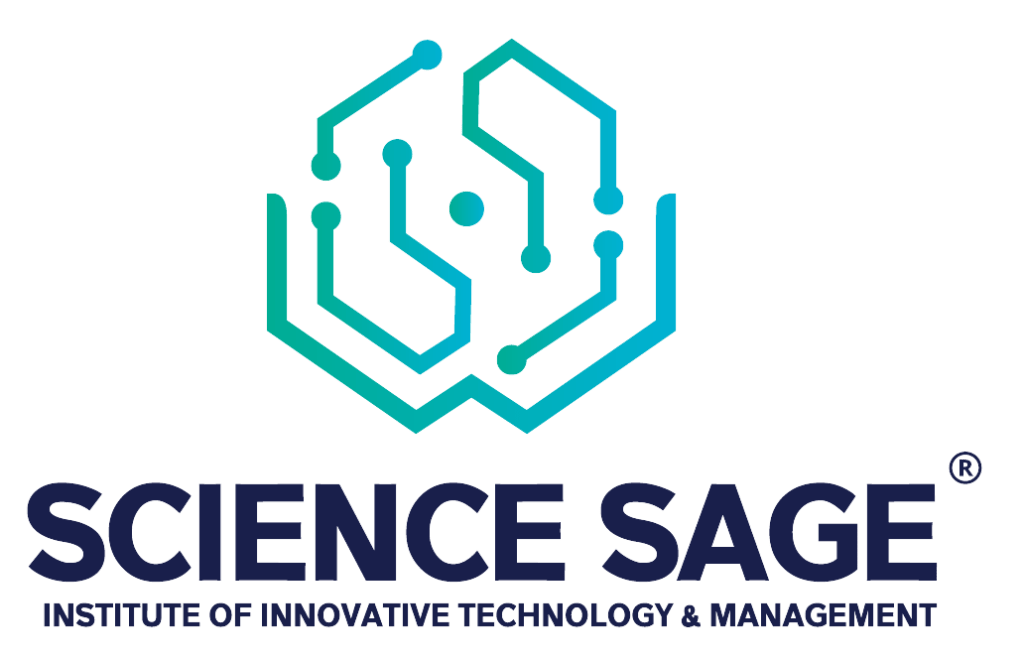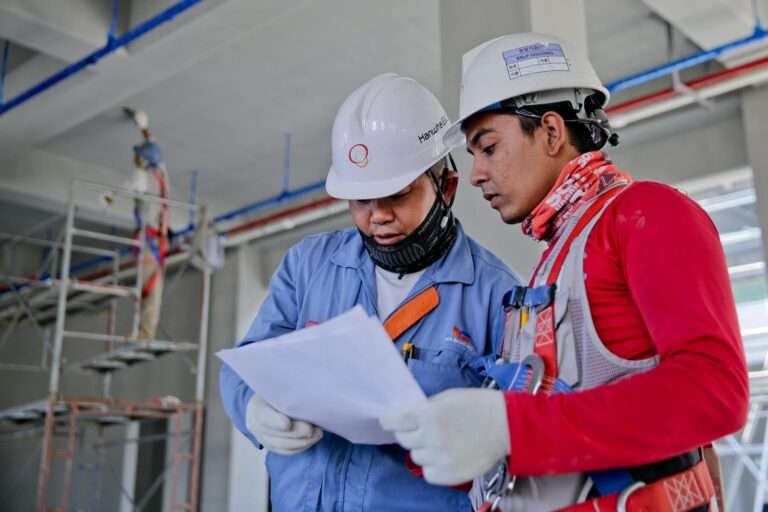Leading Change: Exploring Leadership and Organizational Behavior
In the realm of business, leadership isn’t just about giving orders; it’s about inspiring, motivating, and guiding individuals and teams toward a common goal. Leadership and organizational behavior delve into the intricate dynamics of human interaction within the workplace, shaping the culture, performance, and success of organizations. Let’s embark on a journey to understand the essence of leadership and organizational behavior and its profound impact on businesses.
Understanding Leadership:
Leadership is the art of influencing and inspiring others to achieve a shared vision or goal. Effective leaders possess a combination of qualities such as vision, integrity, empathy, resilience, and the ability to communicate and empower others. Leadership styles can vary, from authoritative and transactional to transformational and servant leadership, each with its own strengths and weaknesses.
Organizational Behavior:
Organizational behavior (OB) explores the attitudes, behaviors, and interactions of individuals and groups within an organization. It examines how factors such as organizational culture, structure, leadership, communication, and motivation influence employee performance, satisfaction, and overall organizational effectiveness. By understanding OB, leaders can foster a positive work environment, enhance teamwork, and drive employee engagement and productivity.
Key Concepts in Leadership and Organizational Behavior:
- Emotional Intelligence (EI): EI refers to the ability to recognize, understand, and manage one’s own emotions as well as those of others. Leaders with high EI can effectively navigate interpersonal relationships, resolve conflicts, and inspire trust and collaboration among team members.
- Motivation Theories: Various motivation theories, such as Maslow’s Hierarchy of Needs, Herzberg’s Two-Factor Theory, and Expectancy Theory, shed light on what drives human behavior and how leaders can motivate employees to perform at their best. By understanding employees’ needs and intrinsic motivators, leaders can create a conducive work environment that fosters engagement and satisfaction.
- Power and Influence: Power is the ability to influence others’ behavior, decisions, and outcomes. Leaders can wield different types of power, including legitimate, reward, coercive, referent, and expert power. Understanding power dynamics and using them ethically and responsibly is crucial for effective leadership.
- Team Dynamics: Team dynamics encompass the behaviors, roles, norms, and communication patterns within teams. Effective team leaders understand how to build cohesive teams, leverage individual strengths, manage conflicts constructively, and foster collaboration and innovation.
Case Studies in Leadership and Organizational Behavior:
- Google: Known for its innovative culture and employee-centric approach, Google promotes leadership at all levels and encourages autonomy, creativity, and risk-taking. By fostering a culture of psychological safety and providing opportunities for growth and development, Google has become a global leader in technology and innovation.
- Southwest Airlines: Southwest Airlines’ success is attributed to its strong organizational culture, characterized by values such as servant leadership, humor, and employee empowerment. By prioritizing employee well-being, customer satisfaction, and operational efficiency, Southwest has maintained high employee morale, customer loyalty, and profitability.
Leadership and organizational behavior are fundamental pillars of organizational success, shaping the culture, performance, and resilience of businesses. Effective leadership fosters trust, inspires innovation, and drives employee engagement and motivation. By understanding human behavior and dynamics within organizations, leaders can create environments that nurture talent, promote collaboration, and adapt to change effectively. As we navigate the complexities of the modern workplace, cultivating strong leadership and organizational behavior practices is essential for building thriving and sustainable organizations.



